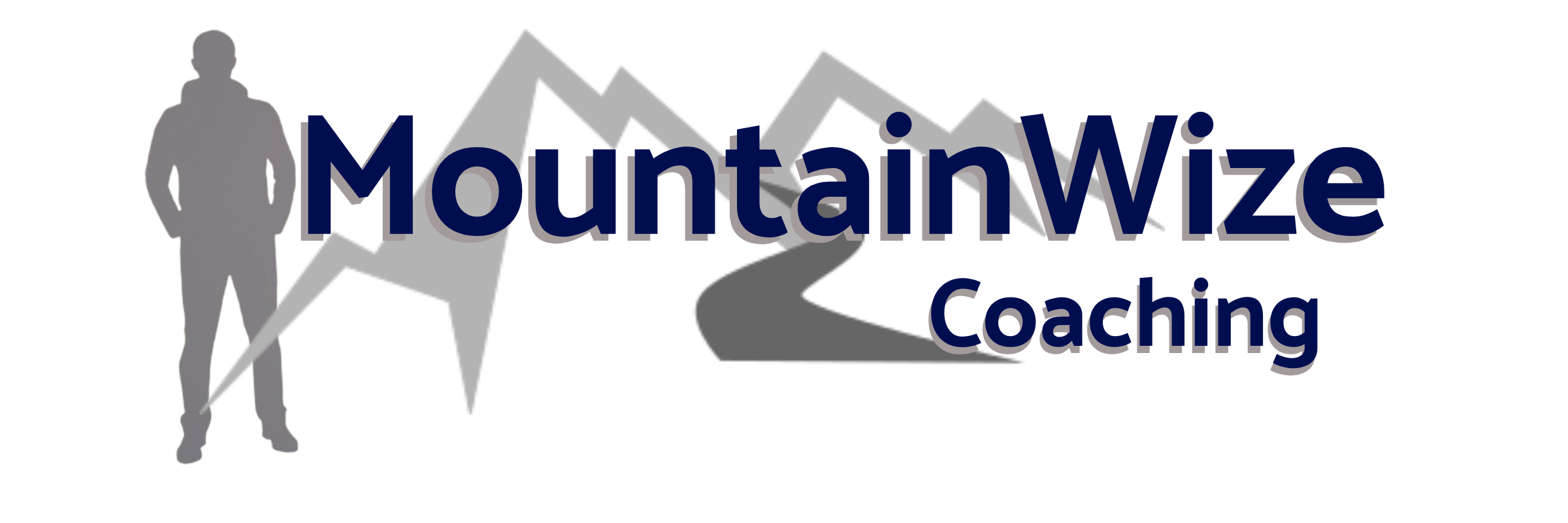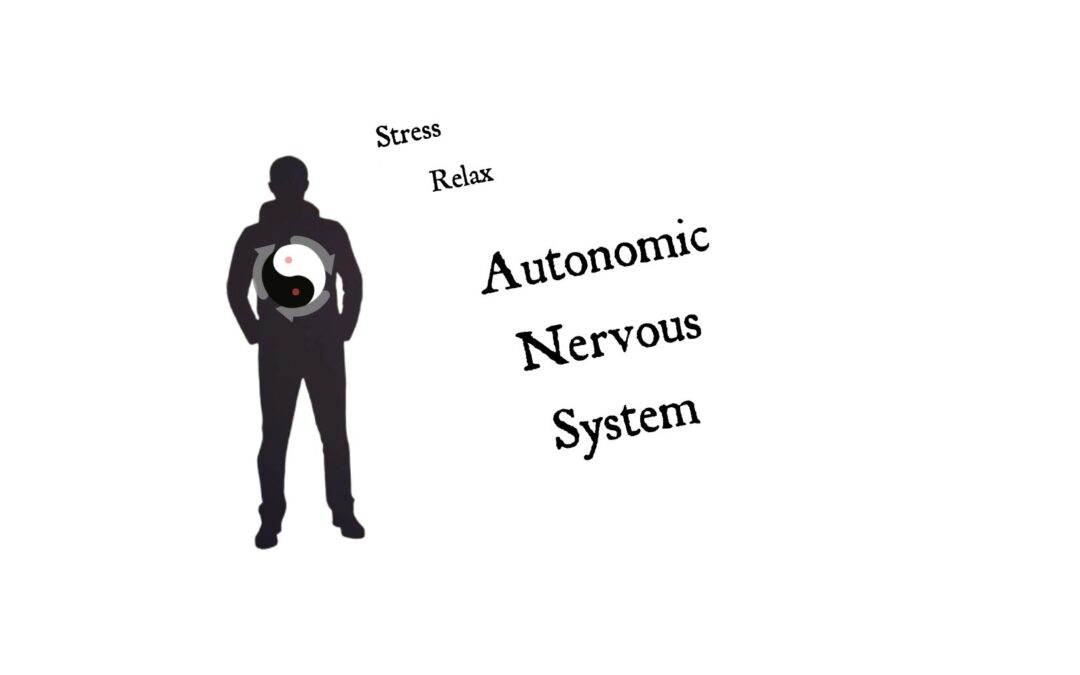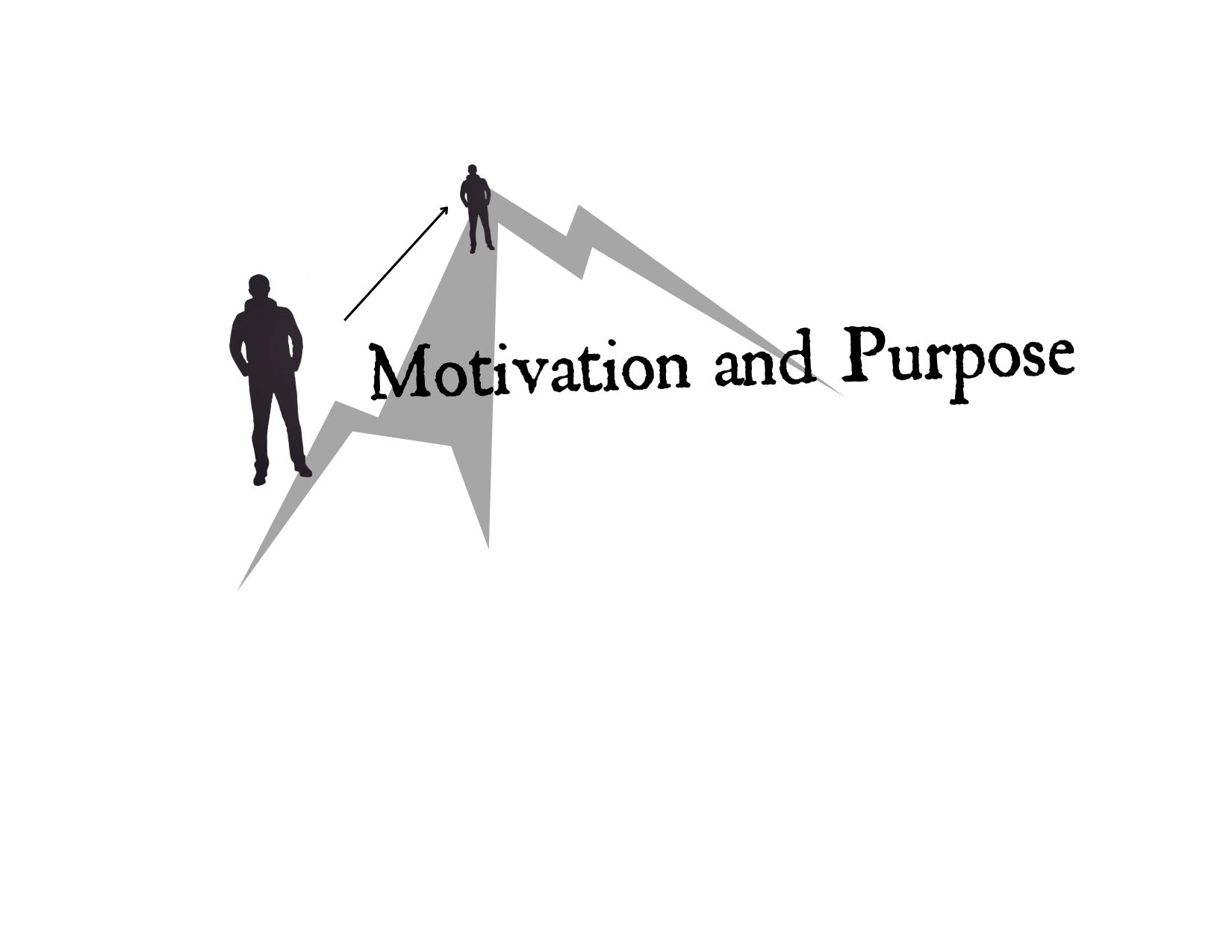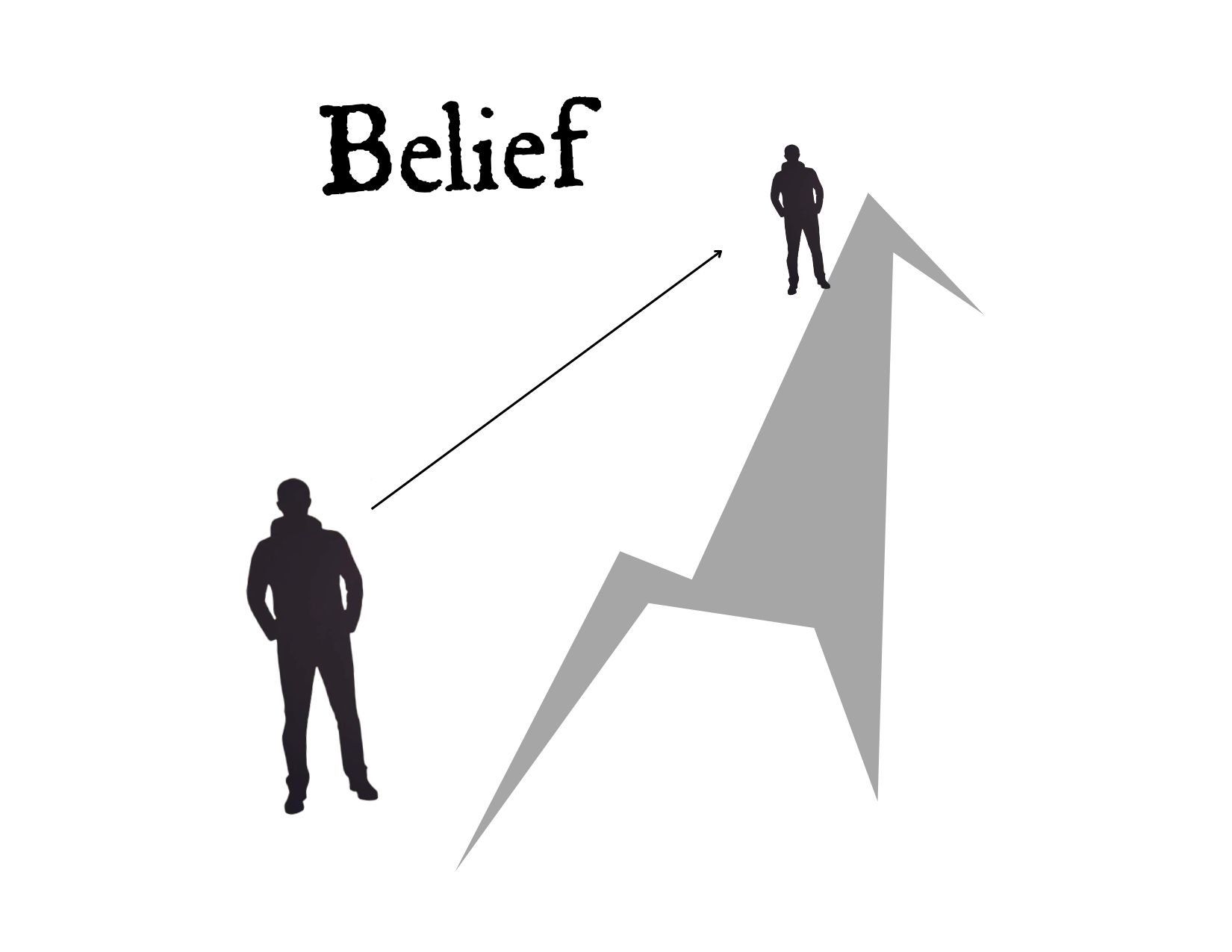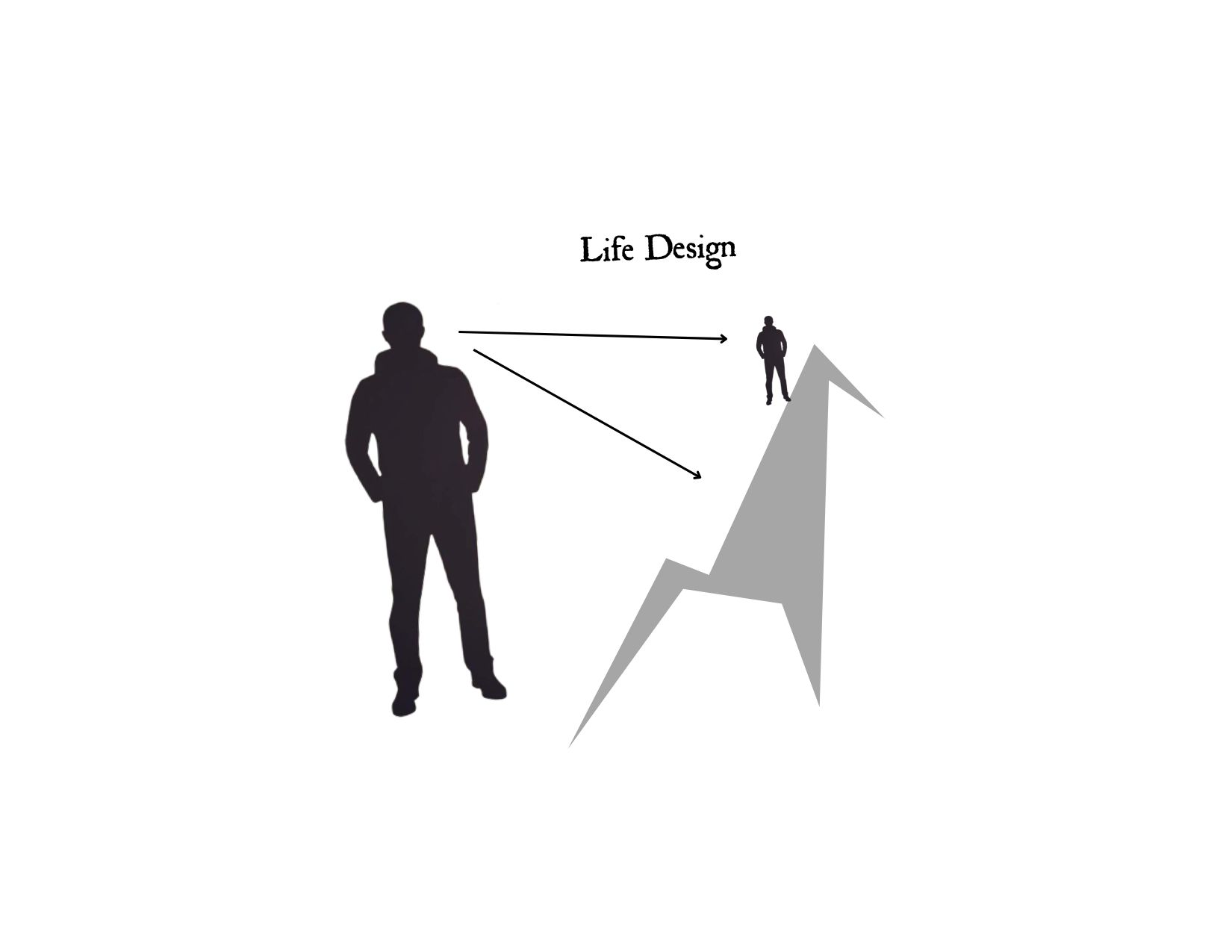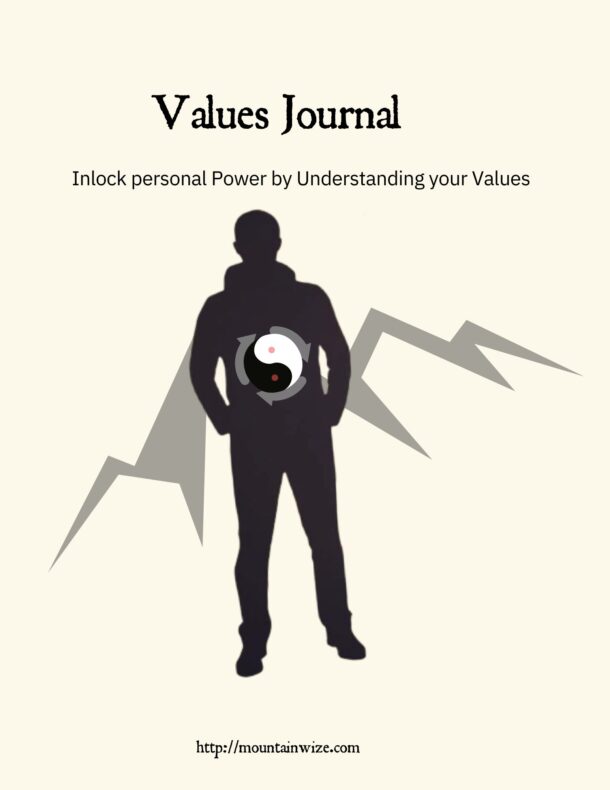Stress and Release
The autonomic nervous system consists of two complementary branches: the sympathetic and parasympathetic nervous systems. While the sympathetic system primes the body for action in response to stress, the parasympathetic system acts as its counterpart, promoting relaxation and restoration.
The autonomic is Reflexive. It is largely a response that our body has to emotional and sensory triggers. It is an expression of how our bodies have evolved to deal biologically with various types of situations. The body is dual in this regard. It is either “geared for action” or it is “ready to relax”. It has to decide which state to be in based on its assessment of what is going on.
When the body perceives itself to be safe, it allows essential functions of relaxation and healing. When it perceives itself to be in danger, it rolls up these metabolic processes and uses its resources for other functions that aid it in responding to danger.
The Sympathetic Nervous System
The sympathetic nervous system, a crucial component of the autonomic nervous system, plays a central role in our body’s response to stress and danger.
Comprised of a network of nerves originating from the thoracic and lumbar regions of the spinal cord, the sympathetic nervous system creates rapid physiological changes in response to perceived threats.
Fight or Flight Response
The famous “fight or flight” response is the hallmark of sympathetic activation, preparing the body for action by increasing heart rate, dilating airways, and redirecting blood flow to essential organs, all in an effort to confront or flee from perceived danger.
When faced with stressors, the sympathetic nervous system swiftly mobilizes resources, releasing stress hormones like adrenaline and cortisol to heighten alertness and energy levels, ensuring the body is primed to confront the challenge at hand.
The sympathetic fight or flight response is designed to make our body more able to react to a physical threat. In sympathetic mode, we can run faster and lift heavier. We can move and be more agile.
Neurotransmitters such as norepinephrine and epinephrine, acting on adrenergic receptors, mediate the effects of sympathetic activation throughout the body, transmitting signals that elicit rapid physiological responses in various target tissues.
The body is on high physical alert.
Chronic Activation: Consequences of Prolonged Sympathetic Dominance
Prolonged activation of the sympathetic nervous system, often due to chronic stress or anxiety, can have detrimental effects on health, contributing to conditions such as hypertension, cardiovascular disease, and impaired immune function.
Some say that the human race may have evolved beyond the usefulness of the sympathetic nervous system. Our world on average is much safer than the world we evolved in. While it is still useful to have this response if and when we do find ourselves in physical danger, We run into situations in life where our bodies are triggered emotionally into this response.
Due to the ease in which we can be triggered into it and the lasting effects it has pn us, it takes work to unwind the effects of the sympathetic nervous system. If we don’t do this, we can experience the effects of chronic stress.
Chronic stress can manifest itself in the body in many ways:
- Cardiovascular Health
- Immune System
- Digestive System
- Weight Gain and Obesity
- Mental Health
- Sleep Disturbances
- Musculoskeletal Health
- Reproductive Health
- Skin Conditions
- Behavioral Changes
Unwinding the effects of chronic stress in the sympathetic nervous system can help with all of the above symptoms.
The Parasympathetic Nervous System
Often referred to as the body’s “rest and digest” system, it plays a crucial role in maintaining physiological balance. Comprising a network of nerves originating from the brainstem and sacral region of the spinal cord, the parasympathetic nervous system orchestrates the body’s involuntary responses during times of rest and relaxation.
When the body is in a state of relaxation, the parasympathetic nervous system takes center stage, initiating processes that promote digestion, conservation of energy, and overall restoration. This section sheds light on the pivotal role of the parasympathetic system in facilitating restorative functions, allowing the body to recuperate and thrive.
The parasympathetic nervous system communicates with various organs and tissues through intricate nerve pathways and neurotransmitter signaling. Here, we delve into the mechanisms by which acetylcholine, the primary neurotransmitter of the parasympathetic system, regulates physiological responses and maintains internal balance.
Health Implications: The Importance of a Healthy Parasympathetic Response
A healthy parasympathetic response is crucial for numerous aspects of health, including digestion, immune function, and emotional well-being. Here, we examine the far-reaching implications of parasympathetic dysfunction and strategies to promote its health and resilience.
When the parasympathetic nervous system is dysregulated, it can manifest in a range of signs and symptoms, including digestive disturbances, chronic fatigue, and heightened stress response. In this section, we explore common indicators of parasympathetic dysfunction and avenues for restoring balance.
Balancing Act: Sympathetic vs. Parasympathetic Nervous Systems
Balance between the sympathetic and parasympathetic nervous systems is essential for optimal health and well-being. This section explores the delicate equilibrium between these two systems, highlighting the importance of maintaining a harmonious balance to support overall physiological resilience.
Understanding and nurturing the parasympathetic nervous system is key to promoting holistic well-being and resilience in the face of stress and adversity. By incorporating lifestyle modifications, mindfulness practices, and therapeutic interventions, we can harness the innate healing power of the parasympathetic system and cultivate a thriving mind-body connection.
